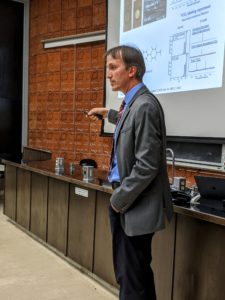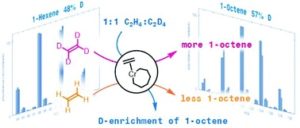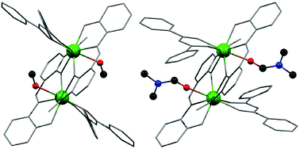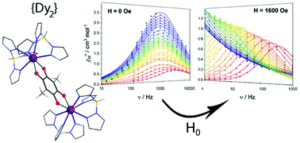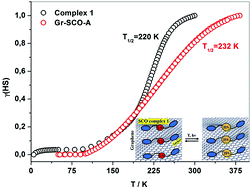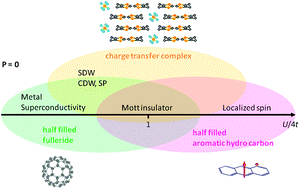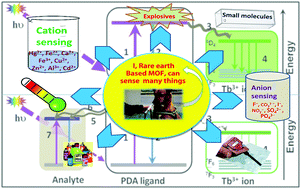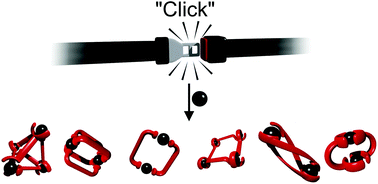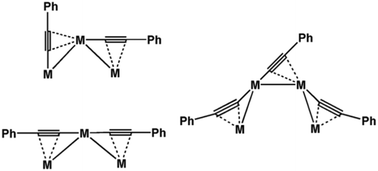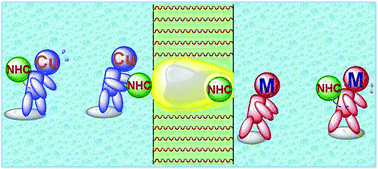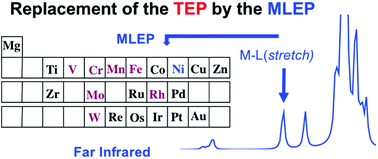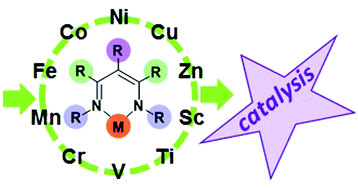This web collection guest edited by Professor Fausto Puntoriero (Università degli Studi di Messina), and Professor Osamu Ishitani (Tokyo Institute of Technology), highlights the fundamental and applied inorganic chemistry advances inspired by the study of solar radiation as a limitless source of clean energy. The collection contains contributions from experts in the study of solar light conversion, including research focussed on the development of metal complexes and inorganic materials for CO2 photoreduction, photocatalysis, and photoelectrochemical (PEC) water splitting.
Take a look at a selection of articles from the collection:
Recent advances in metalloporphyrin-based catalyst design towards carbon dioxide reduction: from bio-inspired second coordination sphere modifications to hierarchical architectures
Philipp Gotico, Zakaria Halime and Ally Aukauloo
Dalton Trans., 2020, 49, 2381-2396
DOI: 10.1039/C9DT04709C, Perspective
Electrochemical and photoelectrochemical water splitting with a CoOx catalyst prepared by flame assisted deposition
Fusheng Li, Ziqi Zhao, Hao Yang, Dinghua Zhou, Yilong Zhao, Yingzheng Li, Wenlong Li, Xiujuan Wu, Peili Zhang and Licheng Sun
Dalton Trans., 2020, 49, 588-592
DOI: 10.1039/C9DT03983J, Communication
Photoelectrochemical water-splitting over a surface modified p-type Cr2O3 photocathode
Keita Sekizawa, Keiichiro Oh-ishi and Takeshi Morikawa
Dalton Trans., 2020, 49, 659-666
DOI: 10.1039/C9DT04296B, Paper
This is the first in a series of themed web collections on research topics that spotlight the fundamental and applied inorganic chemistry driving, influencing and steering each field of study. They will be guest edited by experts in the fields and will feature previously published and newly commissioned research in each topic. The aim is to provide a resource of high quality research for someone entering the field, for teachers to recommend to their students, to illuminate new directions for those in the field and demonstrate the vital role inorganic chemistry contributes to these fields.
Submit your research or reviews to Dalton Transactions today! – see our author guidelines for information on our article types or find out more about the advantages of publishing in a Royal Society of Chemistry journal.
Keep up to date with our latest HOT articles, Reviews, Collections & more by following us on Twitter. You can also keep informed by signing up to our E-Alerts.












